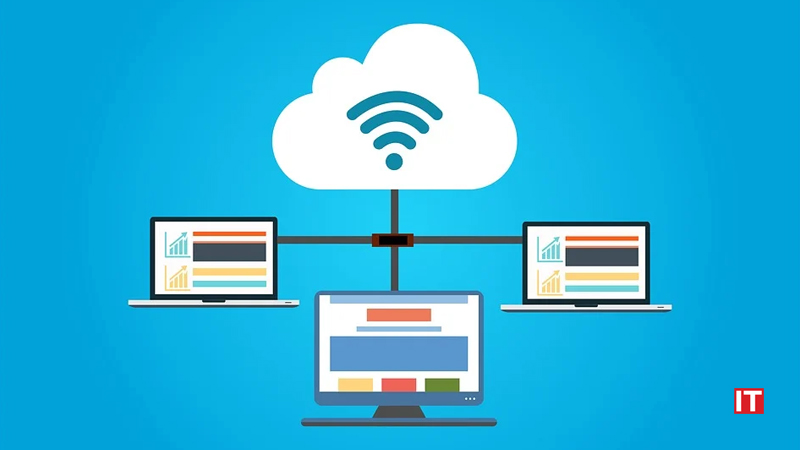Today, cloud services are a hot topic. Be it a small business or a global enterprise the cloud is a broad concept covering lot of online territory. When it comes to cloud services SaaS and PaaS are the most popular cloud services. Software as a Service (SaaS) products come under the most popular cloud computing services. It uses the web to deliver products to the end users and is useful for companies to build and grow their businesses. Whereas Platform as a Service (PaaS) products let developers build custom applications online. Here the developers need not deal with data serving, storage, and management.
Also Read: Why Has BFSI’s Dependence on Cybersecurity Increased in the Digital Era?
When switching your business to the cloud, for application or infrastructure deployment, understanding the differences and benefits of cloud computing services is important. Here is everything you need to know about Software as a Service (SaaS) and Platform as a Service (PaaS).
SaaS and PaaS – The difference between the two
SaaS and PaaS are two of the major categories of cloud computing services, provided by a third-party. Additionally, there is also IaaS which means Infrastructure as a Service. In IaaS same technologies are provided by a third party but customers have to manage their own applications, data, runtime etc. Coming back to the differences of SaaS and PaaS here is how the two are different from each other:
- SaaS – Software as a Service is an all-inclusive form of cloud computing service. It can deliver an entire application, managed by a SaaS vendor through a web browser. With the help of SaaS everything such as software updates, bug fixes or even maintenance, is handled by the vendor. Customers can easily connect to the app via a dashboard or API without having to install anything. Some common examples of SaaS solutions are Hubspot, Slack, and Dropbox.
- PaaS – Businesses or developers can use PaaS to build, host, and deploy consumer-facing apps. PaaS providers (vendors) provide integrated solutions. They host the hardware and software on their own infrastructure to deliver this platform to users. Simply put, this means that developers can build, run, and manage apps in a readymade environment. However, businesses still need to manage their applications and data for customizability to provide the foundation for data protection, storage etc. Some common and well-known examples of PaaS solutions are Google App Engine, and Liferay Cloud and OpenShift.
Uses of SaaS and PaaS
SaaS platforms are ideal for businesses when they want an application to run smoothly and reliably with minimal input. For example, let us consider an email server. We send and receive emails without any hassle and without having to worry about the email settings. But one day things go south and you may not receive or be able to send emails.
This is where the importance of using a SaaS platform comes into the picture. If run your email inbox with a SaaS platform, the chances of things going wrong with the email server are fairly low. Also, when things go wrong you need not worry of the solution as it is the responsivity of your SaaS provider to come up with a solution.
When it comes to the uses of PaaS, the app development process in Platform as a Service allows the developer to focus on the creative side it. Here a developer doesn’t have to indulge in the routine
tasks of managing software updates or security patches. Instead, they can use all their time and attention in creating, testing, and deploying the app. PaaS also has a proven record to be the most cost and time-effective way for developers to create unique applications.
Deploying solutions through the cloud is an inevitable part of our “online future”. So, opting for cloud computing services is the wisest decision to help a business grow. Regardless of what solution a business has chosen, whether it is SaaS, PaaS or IaaS, the future is in the cloud.
Also Read: Top 5 Cryptocurrency Trends in 2022































